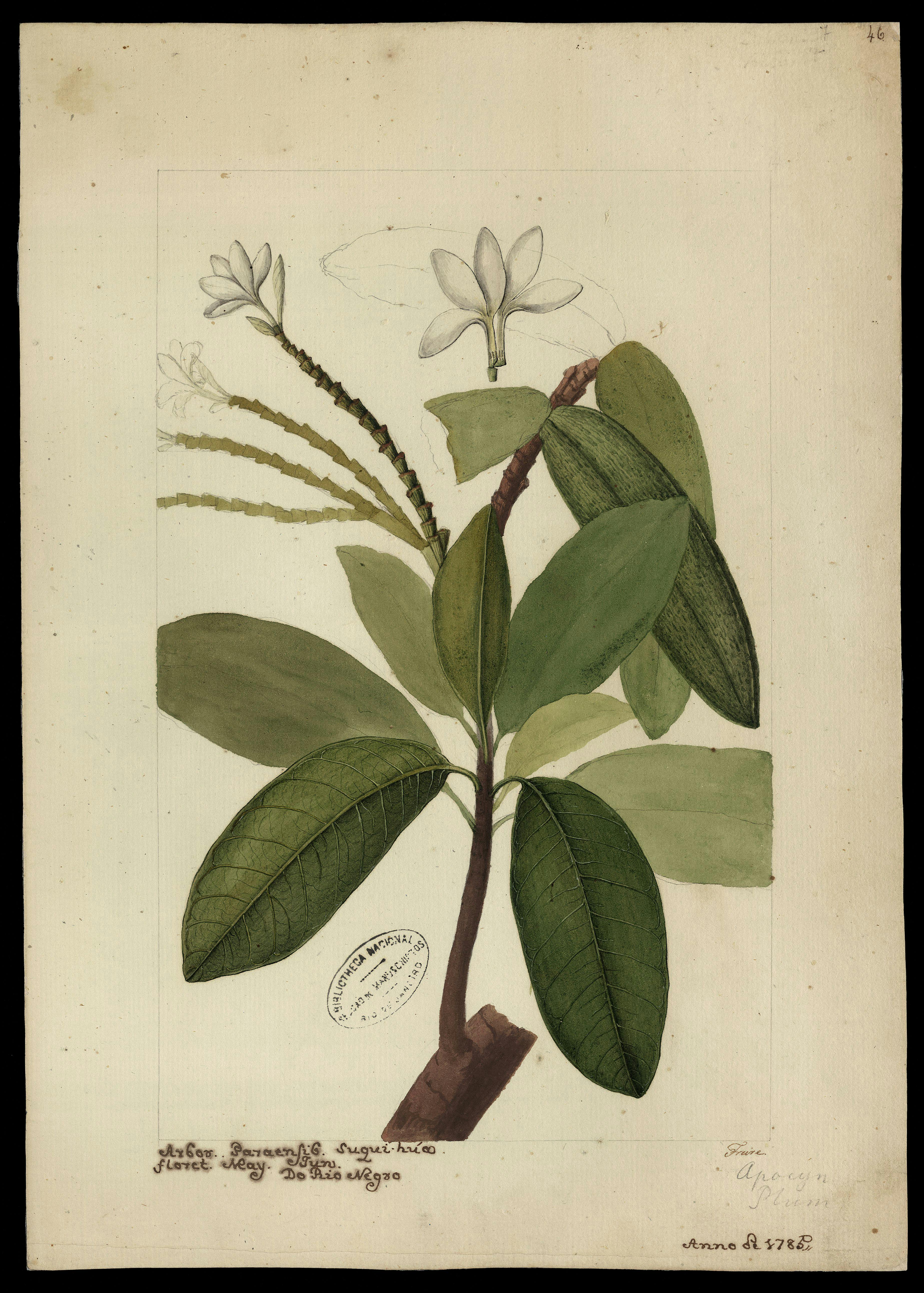‘How can a plant readily know us,’ Monica Gagliano asks, ‘when we are hardly aware of the plantness within ourselves?’ (Gagliano 2018: 15). Gagliano's query, posed in service of a rediscovery of such ‘plantness,’ reflects the growing interest in plant life across the Humanities during the last decade. Some of this interest has emerged under the moniker ‘plant-thinking,’ which variously names: the ways in which plants think, the ways in which ‘we’ think about plants, and the potentially transformative effect of plant life on the practice of thinking itself. Critics frame these distinctions in diverse ways. Gagliano, Ryan and Vieira (2017) thus distinguish between ‘extrinsic language’, devised and articulated by humans in response to plants, and ‘intrinsic language’, encompassing the visual, aural and biochemical expressions between plants, and with other beings. Gagliano's call to attend to the ‘plantness within’ marks out a trajectory, an adventure, from plant as object of thinking (inspiring extrinsic language), to plant as model for thinking (via careful observation of intrinsic language), and, finally, to shared human and plant participation in a mode of thinking which bridges and transcends the extrinsic and the intrinsic. This essay begins to explore that trajectory.
Disillusioned by the combination of a scientific practice which disarticulates ‘plants as subjects’ and a cultural scientism which discredits other modes of knowledge, Gagliano turns to Indigenous narratives and practices. She explicitly draws on religious and mystic tropes, aligning plant discovery and self-discovery through an inward journey, and thereby thematises the trope of interiority in a way that feels surprising, ironic or even jarring in the context of the Western intellectual tradition. For in this tradition, plants have repeatedly been identified with pure exteriority, serving as a supplementary counter to the richness of human interior experience. The classical German philosopher G.W.F. Hegel is often used as the exemplar of the philosophical tradition's disdain for plants. The plant kingdom is, he avers, inferior to the animal kingdom because, unlike animal subjectivity, the plant does not ‘hold itself aloof from its inorganic nature... [It] is not such a self, it lacks the inwardness which would be free’ (Hegel 2004: 308).
Recent plant thinkers have looked to affirm, via plants, precisely the values that Hegel denigrates. For Michael Marder, for example, celebrating ‘plantness’ entails overturning ‘the core values of autonomy, individualization, self-identity, originality’ which underpin Western intellectual traditions, and instead recovering ‘absolute exteriority and heteronomy,’ even ‘the collapse of hierarchical dualisms’ themselves, as part of a ‘transvaluation of metaphysical value systems’ (Marder 2011: 470). This is nothing short of a paradigmatic shift whereby the maxim, ‘man is the measure of all things,’ is displaced by an increasing awareness of ‘the vegetality of the world’ (Gagliano 2018: 82). For both Marder and Gagliano, the superficiality of plants demands to be read against the hierarchies of metaphysics; however, Gagliano's entreaty to attend to the ‘plantness within’ is not an affirmation of exteriority at the expense of interiority, but rather holds them together. ‘Outwards’ does not replace ‘inwards,’ but inwardness leads to outwardness, becomes in fact another form of outwardness. This is not just a play on words (although it is that, in our reading), but also a contention about what it means to participate in the life of plants, and how such participation exposes the contrivance of Western value systems, which presuppose the irreconcilability of inner and outer, and the limitations of our intellectual tools. We cannot grasp the ‘plantness within’ conceptually—it is characterised by what Gagliano calls its ‘unthinkability’ and evades us as soon as we attempt to master it. We must engage in different ways.

Acknowledging ‘plant thinking’ as an ‘essentialism-free way of thinking’ (Marder 2013: 152) which does not presuppose a subject is the first step in a process of attending to inner and outer plants. This process necessitates both thinking—engaging conceptually and empirically with what we know of plants—and unthinking—via practice, experiment and resisting the reduction of ‘plantness’ to the symbolic—as well as staging an encounter between the two. Grounded in an awareness that ‘plant thinking’ disrupts the opposition between thinking and doing, ‘plant thinkers’ have begun to explore alternative approaches. Gagliano, for example, undertook a process of adjustment, spending time with a Shipibo community in Peru and participating in rituals led by the maestro vegetalista which involved isolation and a strict diet supplemented by the bark of the Socoba tree. Gagliano contends that the Socoba provided a ‘teaching session on the nature of reality’ (Gagliano 2018: 18) which stripped away her preconceived ideas and enabled another way of knowing, grounded in ‘deep listening’. Key here is not merely this process on its own—a movement towards unthinking—but rather the way in which Gagliano used it to inform her scientific studies on plant communication upon her return. She records how her experience with the Socoba enhanced her ability to ‘hear plants speak’ by ‘unbinding’ her from prevailing scientific belief systems and empowering her to adopt broad experimental methodologies with her ‘plant associates’, rather than testing existing mechanistic hypotheses which objectified plants. By generating a dialogue between contemporary Western scientific practice and ‘plant thinking,’ she tries to resist a nostalgic or fetishistic framing of the ‘plantness within.’
In his book Eco-Translation, Michael Cronin looks to advance a ‘translation practice grounded in the different domains of ecosemiotics’ in order to depose prevailing translational practices which are rooted in human superiority (Cronon 2017: 72). He argues that by understanding the world as a ‘tradosphere’, a vast series of networks containing living and non-living beings which communicate in different ways, we can draw upon a ‘translatory imaginary’ which does not take the human as its sole reference point to aid cross-species communication. The failures of ‘plant thinking’ can thus be understood as failures of translation. The vegetal ‘trace’ (Marder 2017: 123), Marder observes, is all too frequently lost or distorted by its overhasty, appropriative translation into human language: ‘Plant thinking,’ as a transformative encounter between the ‘I think’ of the modern subject and the ‘it thinks’ (Marder 2013: 165) of the plant, is hard and unfinishable, characterised by an ‘untranslatable remainder’ (Marder 2017: 117). But this incompleteness is also an invitation to ‘vegetal openness’ (Gagliano 2018: 16), to experience a ‘thinking’ which defies neurocentrism and anthropocentrism by disrupting the oppositions between inner and outer, mind and body, and thinking and feeling.
References
- Cronin, Michael (2017). Eco-Translation: Translation and Ecology in the Age of the Anthropocene. New York: Routledge.
- Gagliano, Monica (2018) Thus Spoke the Plant. Berkeley. Berkeley, CA: North Atlantic Books.
- Gagliano, Monica, John C. Ryan, and Patricia Vieira (2017) Introduction. In *The Language of *
- Plants: Science, Philosophy, Literature, edited by M. Gagliano, J.C. Ryan, and P. Vieira. Minneapolis, MN: University of Minnesota Press.
- Hegel, G. W. F. (2004) Philosophy of Nature: Encyclopedia of the Philosophical Sciences, Part II, translated by A.V. Miller. New York: Oxford University Press.
- Marder, Michael (2011) Vegetal Anti-Metaphysics: Learning from Plants. Continental Philosophy Review 44: 469–89.
- Marder, Michael (2013) Plant-Thinking: A Philosophy of Vegetal Life. New York: Columbia
- University Press.
- Marder, Michael (2017) “To Hear Plants Speak.” In The Language of Plants: Science,
- Philosophy, Literature, edited by M. Gagliano, J.C. Ryan, and P. Vieira. Minneapolis, MN: University of Minnesota Press, pp. 103–125.


